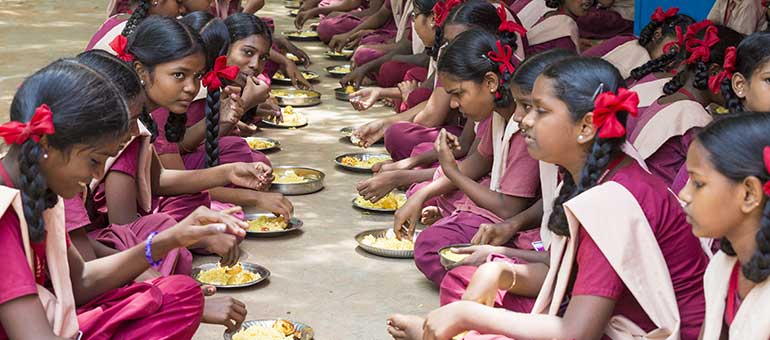Today, over 100 countries have mandatory food fortification programmes. However, information on how well those programmes are working is limited in most countries. Fortification programmes are proven to have an impact on nutrition, but this impact can only be realised if nutrient intakes increase among those with inadequate intakes. Knowing the quality, coverage, and consumption patterns of fortified foods is critical to understand whether programmes will reach their potential.
Motivated by the need for such information for its own programmes, the Global Alliance for Improved Nutrition (GAIN) developed the Fortification Assessment Coverage Toolkit (FACT) in 2013 to carry out coverage assessments of fortification programmes.
The FACT provides standardised methods for the collection, analysis, and synthesis of data on quality, coverage, and consumption of fortified foods across countries while allowing for adaptations to meet specific country needs and contexts. Specifically, it provides step-by-step guidance on how to decide, design, and conduct a FACT survey.

Fortification programmes are proven to have an impact on nutrition. © Shutterstock
The FACT method focuses on three main questions:
- Is a fortified food available and meeting the quality standards?
- Are the population groups with the greatest need and potential to benefit from fortification (e.g. rural, poor, or food insecure population, or those with low dietary diversity) consuming enough fortified foods for there to be an impact?
- To what extent are fortified foods contributing to nutrient intakes in the population and in specific groups at highest risk?
Information generated by a FACT survey can be used by decision makers to improve fortification programmes by documenting successes and identifying gaps.
The FACT Manual and its accompanying 10 practical tools and templates are available to download below.
Videos
